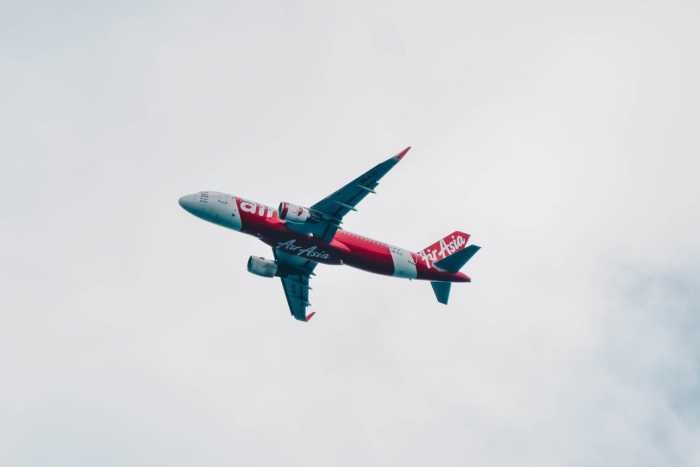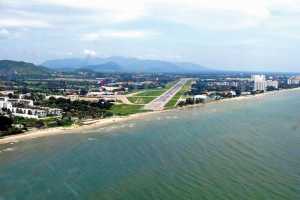
Bangkok Airways Advances One Step At A Time
13th Oct 2015

Bangkok Airways remains unaffected even as fellow airline companies embark in bold expansion programmes. Instead, Thailand's regional air carrier choose to move forward, slowly but surely.
For more than 40 years of operation, Bangkok Airways has strived to achieve its growth targets by taking small, calculated steps.
VP for marketing, Prote Setsuwan said that many budget airlines are taking drastic measures to achieve growth targets. But he feels that given the many variables, these airlines might fail to sustain their initial dynamism.
While it is true that the cost of fuel has been cheap lately, there isn't any certainty that this scenario will still hold true over the medium term. Fuel cost is one of those variables which ought to be considered.
According to the airline's VP, it is better to be more prudent when trying to achieve growth targets. One step at a time has proven to be a more rational approach because by doing so, it becomes easier to redo processes that may prove to be unfeasible.
The airline's new flight plan for the winter months mirrors this line of thinking. While others are launching numerous flight routes, it is launching a single new route this month. However, it will also ramp up frequencies on some of its regular routes.
The airline has introduced the Phuket-Hat Yai route just recently, flying its ATR-72 between these regions.
Soon, it will expand frequencies on Phuket and Samui routes which are in demand during these months.
The regional air carrier intends to raise the number of flights between Phuket and Samui from 35 to 45 per week while those between Samui and Singapore will be increased from 10 to 12 flights per week. For its Bangkok-Samui and Samui-Hong Kong routes, it will be adding one more flight service for each.
The airline maintains 13 flight routes in its network, 3 of which are identified as international routes.
While management is sticking to conservative growth plans, Mr. Prote mentioned that it is nevertheless targeting new destinations.
These new destinations may include Dawei and Myeik, cities located in the southern part of Myanmar. He disclosed however, that the airline is still exploring this possibility.
Introducing unusual but exciting destinations in Southeast Asia is part of the airline's growth plans. It will leverage on its ability to go to places where some full-service carriers can't fly to due to limitations in airport capacities. Its turboprop aircrafts can be accommodated by these airports.
At present, it is considered an indispensable airline by passengers flying between Thailand and Myanmar. On top of its regular flights to Mandalay and Yangon (where take off is from Chiang Mai airport), it is also operating routes to Mandalay, Nay Pyi Taw, and Yangon with Bangkok as its take-off point.
Mr. Prote disclosed that Bangkok Airways is satisfied with how it has performed financially. He added that for the year 2015, the airline expects to post positive bottom line figures as well as increase passenger traffic to a level of five million.









